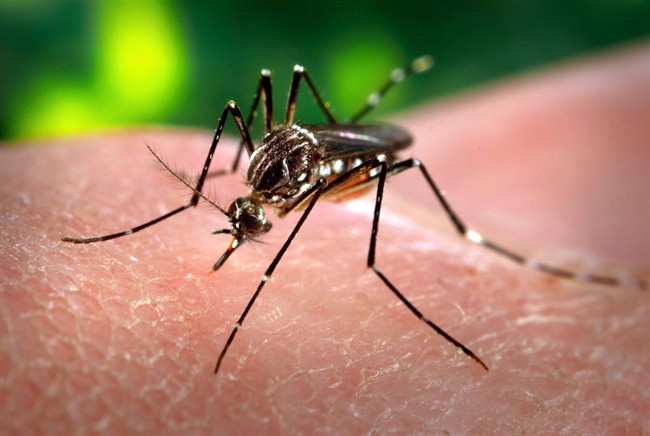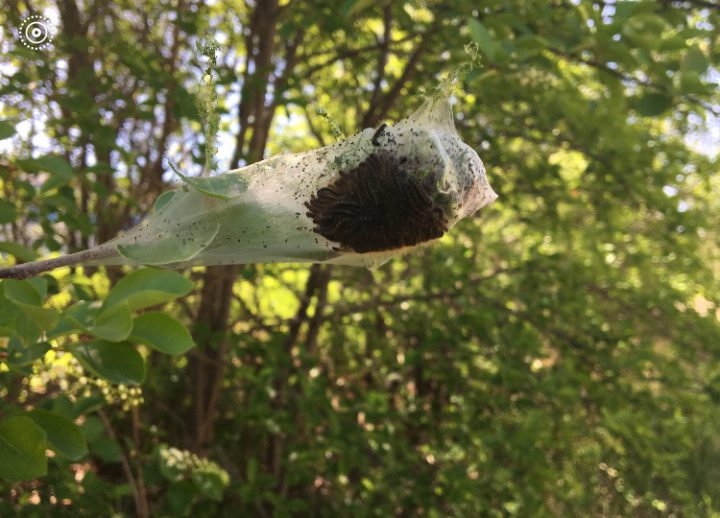It’s been a Victoria Day long weekend many Saskatchewan-residents dream of with temperatures well above normal. Hatching and growing in nearby trees unbeknownst to many enjoying the outdoors though, was a nightmarish sight.

Forest tent caterpillars have returned.
Late season’s snow has set them back from their mid-May defoliation. Experts expect most targeted trees will be barren by the end of May.
Populations of tent caterpillars began to rise in Saskatchewan in 2015. While some areas in the province have seen a collapse of the insect, Saskatoon is about a year behind, according to Jeff Boone, an entomologist with the City of Saskatoon.
“It could be that we’re starting to see the beginning of the decline of the forest tent caterpillars, or it could be a few more years,” Boone said.
The pest is known to cause cosmetic damage to the trees, but effects are fully superficial, according to Boone.

Get breaking National news
“They do have that ick factor, but if we’re concerned about our trees and the health of our trees, it’s not something to really worry about,” Boone said.
Trees regrow their leaves once the caterpillars defoliate them.
According to Rick VanDuyvendyk with Dutch Growers, customers are starting to trickle in, looking for a way to get rid of them.
“Now is the perfect time when they’re babies cause they’re all in the crotches of the trees, they’re all gathering in clumps in the morning and that’s the time when you can go and really take care of them.”
The easiest way recommended by VanDuyvendyk, is to physically pull them off the tree, and step on them. If you’re unable to stomach that option, VanDuyvendyk does have options which are safe for yard use.
Winged insects, such as mosquitoes, are more of a challenge to get rid of.

“Any place where water can collect just make sure you clean those out and don’t have places where the mosquitoes can gather and nest. Your grass should be about two inches long,” VanDuyvendyk said.
He added that any longer and morning dew can linger long enough to become a laying ground for mosquito eggs.
Early observations suggest numbers considered typical for this time of year with larvae mainly hatching from winter snow melt pools, according to Boone.
“Some of our species we look for 25 millimetres or more to trigger development in standing water,” Boone said.
Dry conditions playing to the advantage of most of Saskatchewan when it comes to mosquitoes.



Comments